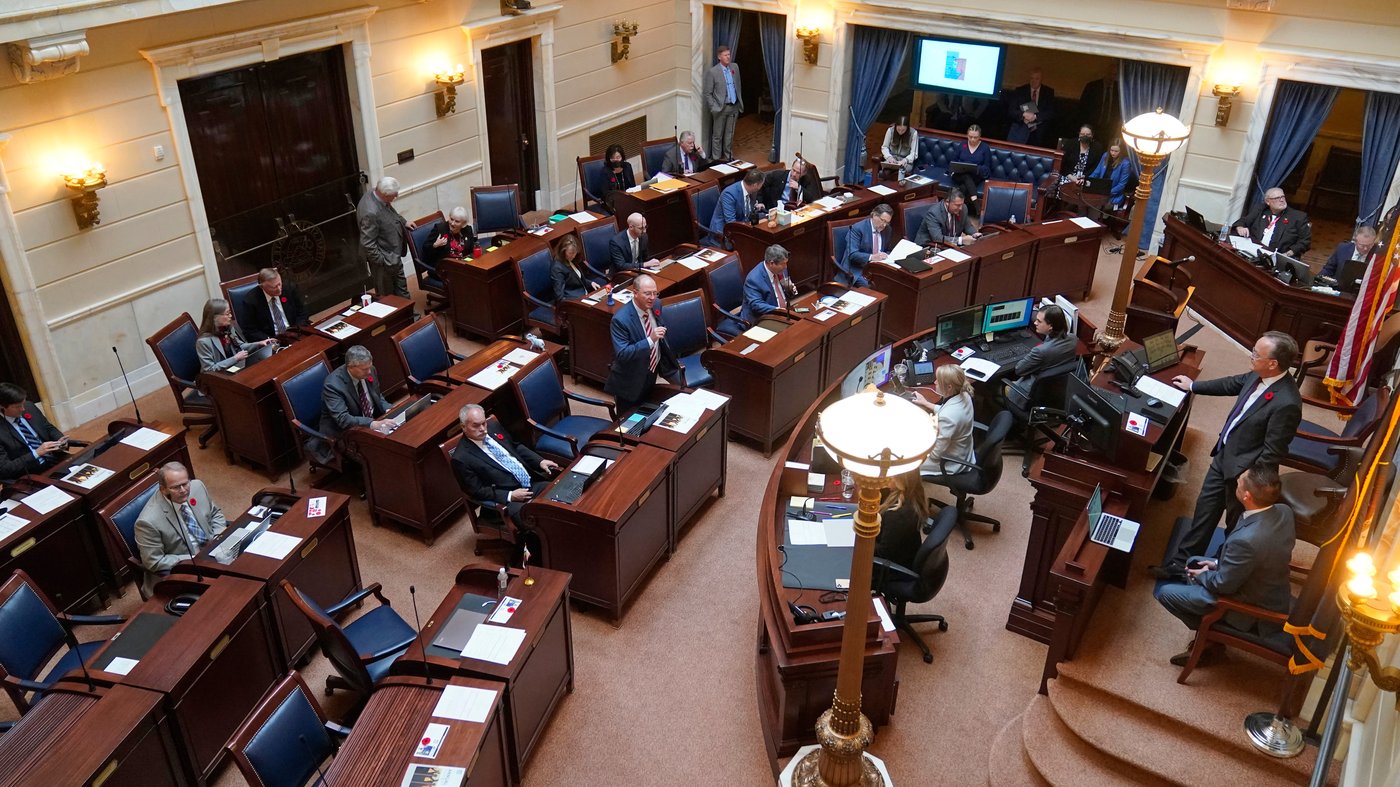Utah’s congressional map must be redrawn now, judge rules

A judge has ruled that Utah lawmakers must proceed with redrawing the state’s congressional district map right away, pointing to Texas and California in rejecting their argument that the job can’t be done in time for the 2026 midterm elections.
The ruling keeps Utah firmly among states where partisan redistricting battles stand to tilt the outcome of the next congressional election.
Utah lawmakers were wrong to disregard an independent commission’s map in drawing one that has been used for the 2022 and 2024 elections, Salt Lake County District Judge Dianna Gibson ruled Aug. 25.
The map did away with a district in the Salt Lake City area that has swung between Republicans and Democrats in favor of a map where four districts, each with a piece of the urban corridor, have been won by Republicans with wide margins.
On Tuesday, Gibson denied state lawmakers’ request to keep her ruling from taking effect, rejecting their argument that her one-month deadline to adopt a map that complies with voter-approved standards is too short.
“While the timelines here are short, redistricting has been accomplished under tighter timelines in other cases,” Gibson wrote in her ruling.
In Texas, she pointed out, Republican Gov. Greg Abbott recently approved a redistricting plan at President Donald Trump’s urging that will likely add five Republicans to the U.S. House. California Gov. Gavin Newsom, a Democrat, has responded with an effort to add five Democratic districts to that state.
Missouri has meanwhile launched an effort to add Republican seats to Congress through gerrymandering, the longstanding practice of both parties to draw states’ congressional districts for partisan advantage.
Traditionally states redraw congressional districts once a decade based on the most recent census. Trump, however, has been encouraging Republican-led states to redraw maps at mid-decade to help Republicans’ chances in the 2026 congressional election.
Utah has an opportunity to be different, Gibson wrote in her ruling.
“While other states are currently redrawing their congressional plans to intentionally render some citizen votes meaningless, Utah could redesign its congressional plan with an intention to protect its citizens’ right to vote and to ensure that each citizen’s vote is meaningful,” the judge wrote.
In 2018, Utah voters narrowly approved a ballot initiative that created a commission to draw boundaries for Utah’s legislative and congressional districts.
Two years later, the state Legislature repealed the initiative and turned the commission into an advisory board they proceeded to ignore. The state Supreme Court rejected the law, ruling lawmakers have limited power to change laws passed by voters.
The state high court sent the case back to Gibson to rule on the Legislature’s map, which she rejected.
Republicans in the state criticized last week’s ruling as “judicial activism in action.”
“Using earlier flawed rulings to justify their opinions over the principles of our founding is a special kind of hubris,” Utah Republican Party Chairman Robert Axson posted on X.
The Utah Supreme Court is unlikely to reconsider an issue on which it just ruled last year, however. Lawmakers might now choose to cut their losses by creating a single left-leaning block, or gamble on creating competitive districts that Republicans would have to fight to keep.
The U.S. Supreme Court, meanwhile, is likely to keep out of the fray. The high court ruled in 2019 that gerrymandering is outside the purview of federal courts and should be decided by states.

Join the Conversation!
Want to share your thoughts, add context, or connect with others in your community?
You must be logged in to post a comment.

















